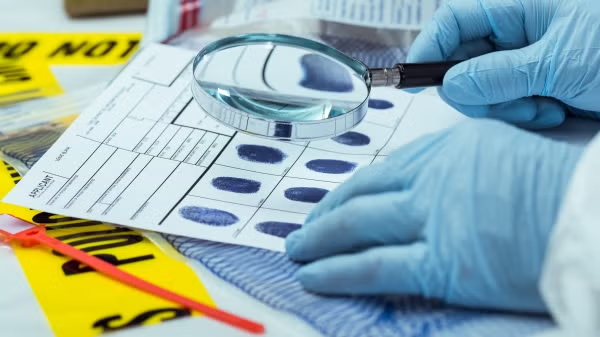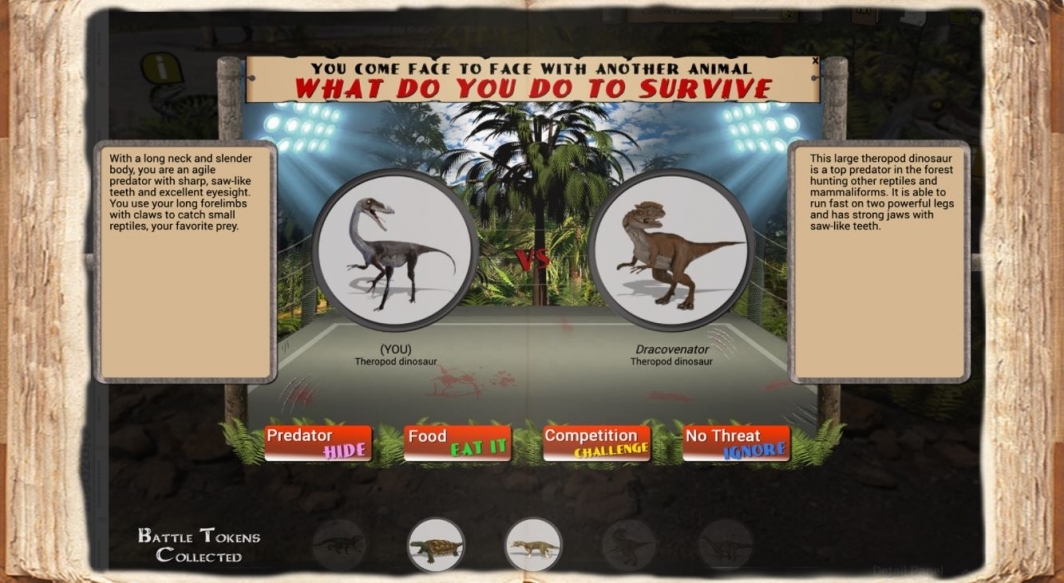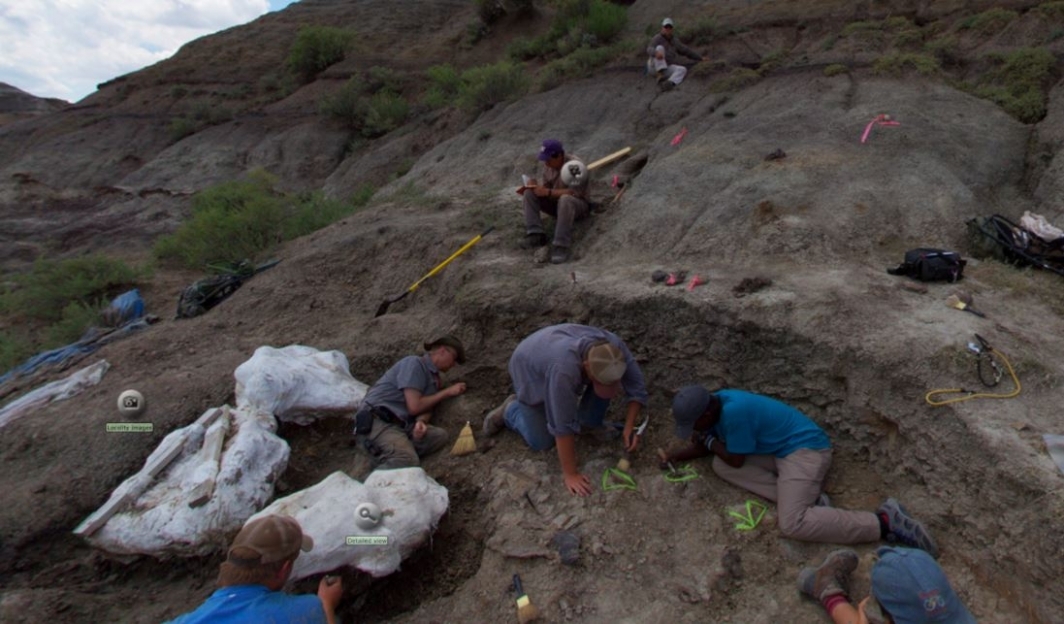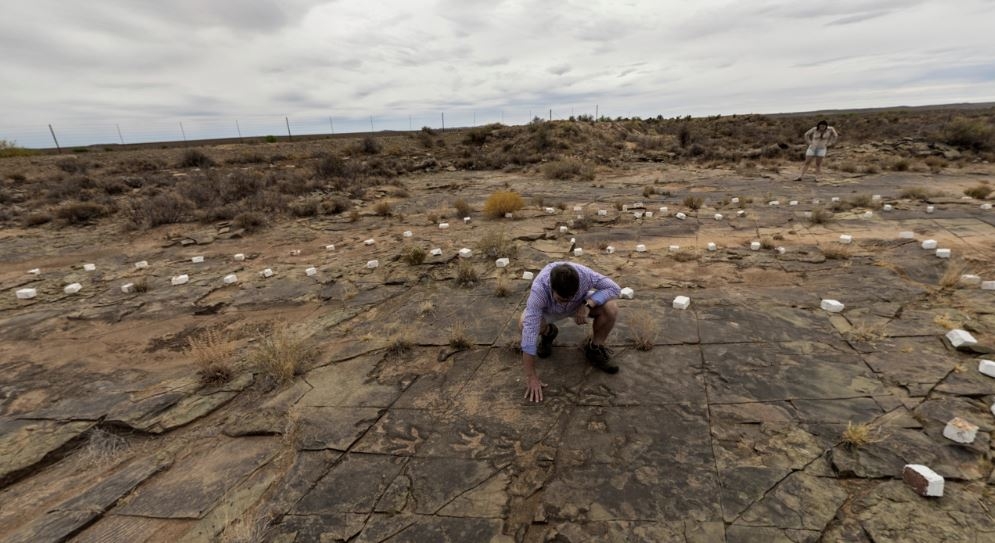ASU Center for Education Through eXploration recognized nationally for innovative and effective student learning in virtual environments

Professor Ariel Anbar examines the 66 million-year-old K-Pg boundary at Stevns Klint, Denmark, featured in the “Surviving Extinction” iVFT. Photo by Geoffrey Bruce/ETX/ASU
Well before the pandemic, Arizona State University’s Center for Education Through eXploration (ETX) was transforming learning by developing and deploying digital learning experiences that are engaging, adaptive and transdisciplinary.
ETX Center Director and President’s Professor Ariel Anbar and his team have created online science courses for nonscientists, empowered educators to create and share next-generation courseware and technology through the Inspark Science Network, and created Infiniscope, which uses cutting-edge education to bring NASA science to high schools and middle schools.
The ASU ETX team members have now been recognized nationally for their innovative efforts by the National Association of Geoscience Teachers. They have been selected for the 2020 Journal of Geoscience Education Outstanding Paper Award for a report describing their development and implementation of online immersive Virtual Field Trips. Called “iVFTs” for short, these browser-based experiences take the established idea of a computer-based virtual field trip and add adaptive feedback for richer interactivity. The award recognizes the center's iVFTs for their innovative enhancement of student learning, advancement of the discipline of geoscience education, and broad societal impact.
ETX researcher Chris Mead is the lead author of the award-winning study with co-authors and ETX staff and faculty Geoffrey Bruce, Wendy Taylor, Steven Semken, and with Sanlyn Buxner of the University of Arizona, in addition to Anbar.
“ASU’s ETX Center is world-leading in figuring out how to marry immersive VR-like computer visuals with formal education,” said Anbar. “We’re not only bringing field learning into the digital age and engaging students, we also have evidence that this approach is an effective method for science learning.”
class="glide image-carousel aligned-carousel slider-start glide--ltr glide--slider glide--swipeable"
id="glide-480721" data-remove-side-background="false"
data-image-auto-size="true" data-has-shadow="true" data-current-index="0">
data-testid="arrows-container">
Visiting a destination, climbing mountains, and discovering and analyzing rocks and soil are essential elements to a geoscience education, but many high school and university students do not have the opportunity to study in the field and miss opportunities to learn from an on-site experience. This is especially the case during the COVID-19 crisis when learning has been moved to a digital platform for so many.
To answer this need, each iVFT provides an educationally rich experience that is captured during real expeditions with scientists to places like Australia, Panama and Mexico. These scientists are doing field work to understand everything from the demise of the dinosaurs to why human civilizations collapse. And because they run on a browser, iVFTs can be used by anyone with internet access.
“One of our key goals has been to develop an educational experience that takes users into scientifically significant locations around the world which would otherwise be challenging to visit in person,” said co-author and ETX chief exploration software architect Bruce. “Using sophisticated technology to capture and create these virtual environments, we are able to design adaptive experiences that empower users to explore these sites in unique and flexible ways.”
Currently over 3,000 students have completed labs associated with several of the iVFTs, in addition to the ASU students who regularly use the center’s iVFTs for coursework. Most recently, the center has even been developing ways for teachers to create their own simplified iVFTs to meet the needs of their specific students.
“Virtual field trips aren’t new, but the ETX designs have made some really important advances in making these iVFTs more educationally effective,” said Mead. “The interactivity brings in aspects of what you would see in a physical field trip or a science lab, while the adaptive feedback allows the software to provide some of the guidance that a live instructor might provide. Even 10 weeks after the experience, our study found positive learning outcomes.”
The ETX team is now extending the iVFT model to be more game-like, exemplified by Surviving Extinction, an experience that guides students through the process of evolution that shaped the development of animal life. The same research team is studying Surviving Extinction to measure its impact on learning. Through this interplay between learning design and research, the center is advancing a robust model for effective learning in virtual environments.
More Science and technology

A spectacular celestial event: Nova explosion in Northern Crown constellation expected within 18 months
Within the next year to 18 months, stargazers around the world will witness a dazzling celestial event as a “new” star appears in…

ASU researcher points to fingerprints as a new way to detect drug use
Collecting urine samples, blood or hair are currently the most common ways to detect drug use, but Arizona State University…

Learn about the secrets of forensic science straight from the experts
Over the next week, true crime enthusiasts will have a rare opportunity to discover the secrets of forensic science as experts…





